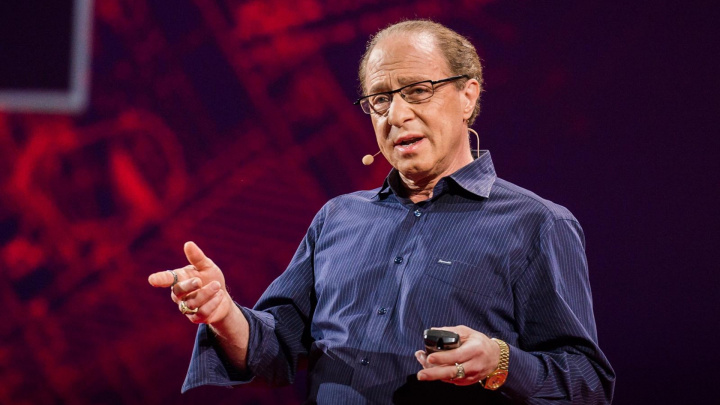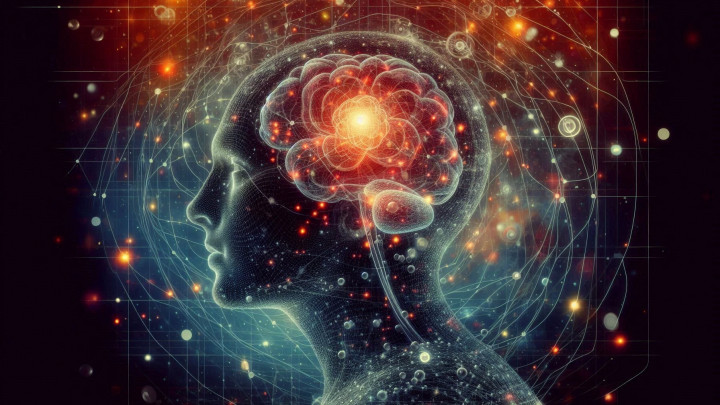Quantum Memory: The Critical Component Powering the Quantum Internet
The vision of a quantum internet—a network leveraging the strange laws of quantum mechanics for revolutionary communication capabilities—hinges on the development of several key technologies. Among these, quantum memory stands out as a truly indispensable component. Essential for the practical operation of quantum networks, quantum memory provides the crucial capability to store fragile quantum information, acting as a vital interface between communication links and local processing nodes within the network.

Quantum Memory's Role in Quantum Networks
Think of quantum memories as the quantum analogue to RAM in your everyday computer, but operating under the far more delicate principles of quantum mechanics. Their fundamental purpose is to capture and hold quantum information—encoded in the quantum states of particles like photons—without disturbing or destroying that fragile state. This ability is paramount because quantum information is notoriously susceptible to degradation, easily lost due to interactions with the environment as it travels. Reliable quantum memories are therefore non-negotiable for preserving data integrity within a quantum network.
Core Functions and Capabilities
Quantum memories unlock the potential for advanced quantum communication protocols by allowing quantum information to be temporarily stored. This capability underpins essential processes like entanglement swapping (linking distant nodes that never directly interacted) and quantum teleportation (transferring a quantum state from one location to another). These functions are critical for extending the reach of quantum communication beyond short distances. Far from being mere theoretical concepts, quantum memories are rapidly evolving into practical devices poised to redefine secure data transmission, enhance cybersecurity, and potentially boost computational power through distributed quantum computing.
The quantum internet aims to establish network connections governed by quantum mechanics for transmitting information. This technology enables the transfer of quantum states between distant locations, leveraging phenomena like quantum entanglement. Entanglement creates strong correlations between particles, regardless of the distance separating them, forming the basis for inherently secure communication channels.
It's crucial to understand, however, that this doesn't enable faster-than-light communication. While entanglement correlations are instantaneous, transmitting meaningful information still requires sending classical signals (limited by the speed of light) to coordinate measurements and interpret the results.
Technological Breakthroughs
Significant progress is being made in quantum memory technology. One major recent advancement is the creation of quantum memories capable of operating at room temperature. This represents a huge leap forward, dramatically simplifying the required infrastructure which traditionally demanded complex and costly cryogenic cooling systems operating near absolute zero (-273°C). This breakthrough greatly improves the feasibility and scalability of deploying quantum networks by lowering operational costs and reducing system complexity, bringing practical quantum communication closer to reality.
Integrating Memories into Quantum Networks
Realizing a functional quantum internet requires the seamless integration of quantum memories with other essential quantum hardware. This includes quantum repeaters, which use memories to store qubits temporarily while entanglement swapping operations extend the connection range, and reliable sources that generate the entangled particles carrying the quantum information. Effective integration is vital for managing the flow of quantum states across the network and ensuring that operations like teleportation and secure key distribution can be performed reliably over long distances.
Overcoming Challenges and Charting the Future
Despite the exciting progress, significant hurdles remain in developing quantum memories ready for widespread deployment in the quantum internet. Key challenges include extending the *coherence time*—the duration for which a quantum state can be reliably stored before environmental noise causes it to decay. Achieving high efficiency and fidelity (accuracy) in both storing and retrieving quantum states is another major focus. Furthermore, robust quantum error correction techniques, tailored to the unique nature of quantum information, are needed to combat the inherent fragility of quantum states.
Future research will undoubtedly concentrate on enhancing the stability, storage capacity, and readout efficiency of quantum memories. A critical aspect will be optimizing their interface with other quantum components to build more complex and capable quantum networks. This involves tackling fundamental challenges stemming from quantum decoherence and navigating the constraints imposed by the 'no-cloning theorem'. This theorem, a fundamental principle of quantum mechanics, states that it's impossible to create an identical copy of an arbitrary unknown quantum state without disturbing the original, a property that actually underpins the security potential of quantum communication, as any attempt to eavesdrop would inevitably leave detectable traces.
In conclusion, quantum memory is not just a component, but a foundational pillar upon which the future quantum internet must be built. Its ability to reliably store and retrieve delicate quantum information is the key enabler for long-distance quantum communication and the advanced applications it promises. Continued innovation and research in quantum memory technology are therefore crucial for overcoming the remaining obstacles and paving the way toward realizing the full transformative potential of a globally connected quantum network.





